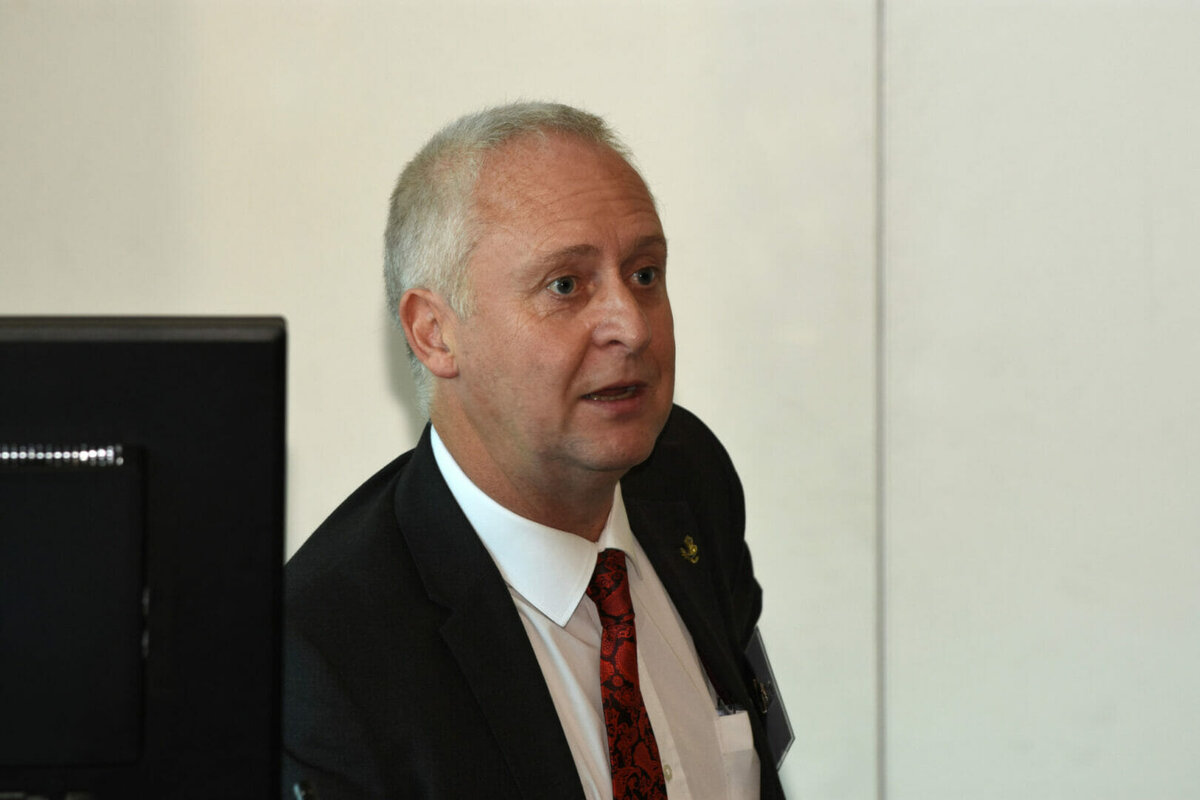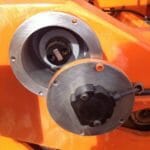14 October 2019
THE opening keynote speaker at the 2019 Condition Monitoring and Diagnostic Engineering Conference (COMADEM) warned against recent claims that the future of predictive maintenance should be led by data science, and not engineers.
Professor Andrew Ball, a renowned expert in the field of diagnostic engineering, delivered the first of the keynote presentations at the COMADEM Congress, which was attended by over 180 delegates and held at the University of Huddersfield in the UK.
Professor Ball, who also co-chaired the conference, told delegates that the separate techniques of detecting, diagnosing, assessing the severity and prognosis of machine faults require engineering expertise and context to achieve the accuracy and timely results demanded in the field of predictive maintenance.
“I have attended conferences recently where speakers have talked about purely data-driven approaches to predictive maintenance, with no concept of what engineering really needs,” he told his audience.
Professor Ball stressed that successful interventions could only be achieved by engineers and data scientists working together.
“Data-driven methods are truly excellent for identifying patterns and anomalies in large, complex data sets, and warn us when to undertake fault diagnosis, location and severity assessments,” he said, “but the latter steps cannot be achieved using data-driven methods alone. Predictive maintenance is an engineering discipline. One that can be significantly assisted by data science, but only if they work together.”
COMADEM, now in its 32nd year, made its second visit to the University of Huddersfield, previously coming to the campus in 2012.
Designed as a leading international forum for industrialists, engineers and exhibitors, the conference attracted a worldwide audience with papers presented by speakers from as far away as China, Australia and the United States.
Under the theme of Digital Enabled Asset Management, conference papers covered all areas of condition monitoring and maintenance, including signal and image processing, pattern recognition, finite modelling and simulation, as well as root cause analysis, sensors and actuators, asset management, and education and training.








